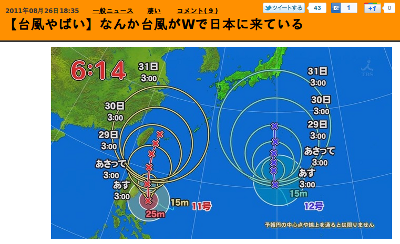I found this interesting page that explains the different meanings of 〜ている. The authors self-proclaimed at the bottom of the page that they are expert Japanese teachers so I'm going to trust that page in order to answer your question. (Here is the Japanese version of that page - you need to use Shift_JIS encoding to view it though)
Here are some text quoted from that page (examples are given in romaji so I left them as is):
1.Indicating a continuing action (be ~ing)
*Verbs which are used in this usage are almost transitive verbs.
... examples omitted ...
*Some intransitive verbs whose subjects are animate or other intransitive verbs which express the natural phenomena.
Kare wa heya no naka o aruki mawatte imasu. (He is walking around in the room.)
Kireina kingyo ga suisoo no naka o oyoide imasu. (A beautiful goldfish is swimming in the aquarium.)
Kanojo wa odotte imasu. (She is dancing.)
Soto wa ame ga futte imasu. (It is raining outside.)
Now, you might ask "Is 来る not an intransitive verb whose subject animates?". The thing is, in Japanese 来る is an instantaneous action verb, meaning it focuses on whether the subject has come or not; it does not look at the progress the subject is making in "coming". It is just about "has the subject come or not?". As a result, you can hear that when the subject reaches the destination, the other people who are at that place would shout 「来た!」, and while the subject is still at that place he is "来ている", meaning as far as his coming is concerned, he has already come thus he is still maintaining his state of "already come": 来て+いる.
Then there is a question of what to say when the subject is on the way, i.e. "is coming" in English sense? That's when we use 〜て来る form. While most 〜て来る verbs mean "to do something and return", there are some verbs that when used with 〜て来る form mean "is currently coming here doing X", for example 歩いてくる, 走ってくる, 飛んでくる etc. 歩いてくる does not mean "to walk and return" but "is walking here".
At this point, we haven't really wrapped up why 来ている used with typhoon means that the typhoon is coming rather than it has come, have we? Remember in two paragraphs back I stated that in Japanese 来る is an instantaneous action verb? Well, the thing is there are times people are interested in the process of something coming to their location. The news was announcing an upcoming typhoon so in this situation the coming of the typhoon is the context of interest, and the verb 来る is referring to the movement of the typhoon, thus 来る has now become an intransitive verb whose subject animates, thus 来ている takes the meaning of "is coming" in this context.
If that still fails, let me just take directly from the page linked in the first paragraph: it is a natural phenomenon, which qualifies it to take the meaning of "is coming" .. 許してあげてください :P

